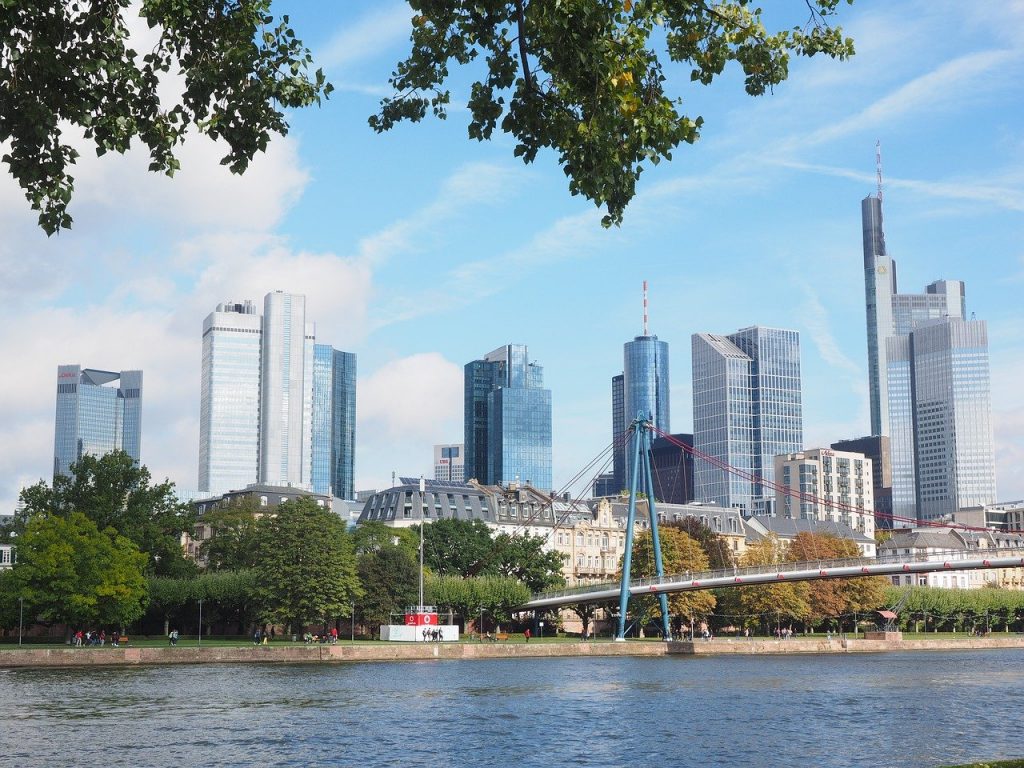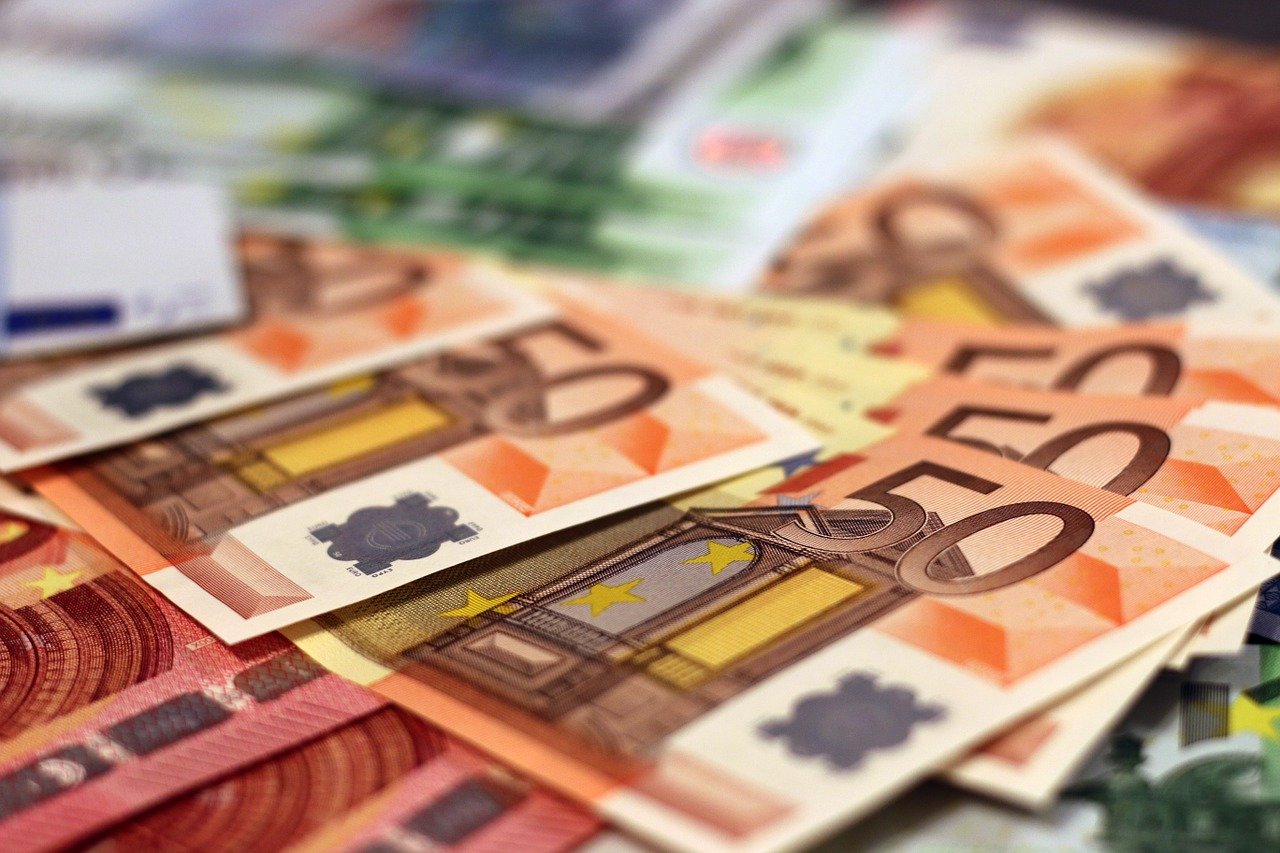More banks in Germany are now charging savers and have told customers to pay 0.5% annual rate to keep sums of money with them, essentially telling customers to go away. It seems negative interest rates have now hit home.
Table of Contents
More banks in Germany now charging savers.
According to the Wall Street Journal Germany’s biggest lenders, Deutsche Bank AG and Commerzbank AG , have told new customers to pay a 0.5% annual rate to keep sums of money with them.
This is creating an incentive whereby banks that are usually happy to take deposits as a form of financing, are now encouraging customers to go elsewhere.
Some banks are even going to lengths of offering easy online tools to help customers take their deposits somewhere else.
Negative interest rates.
Negative interest rates imposed by the European Central Bank (ECB) have been in place for a while now.
They were first introduced in the eurozone in 2014 to boost a flagging economy by trying to encourage banks into lending more money.
However, recently, due to government restrictions and ongoing monetary support, this has triggered a huge spike in savings by the general public who are understandably worried about the current economic climate.
Until recently banks in Europe have resisted passing on the negative interest rate to customers, however the recent increase in household deposits have forced banks to change policy.
This has been the final straw for commercial banks who have now had to pass on the costs to customers by charging depositors an annual fee.
This is because the banks can no longer sustain the cost of parking money at the European Central Bank.
More banks in Germany now charge negative interest rates.
Negative interest rates explained:
According to price-comparison portal Verivox, 237 banks in Germany currently charge negative interest rates to private customers, up from 57 before the government imposed restrictions hit in March of last year.
Customer deposits that can be easily withdrawn on demand are not usually considered long term capital for the banks.
Other countries such as Switzerland, Sweden and Japan amongst others, now have negative interest rates. This has never occurred before in history, and the consequences are now being felt by the average saver.
This is now causing more and more controversy as the ECB is being seen as attacking and penalising savers, forcing them into making riskier investments to gain some kind of return.
Could the UK see negative interest rates? What does this mean for you?

Why are banks in Germany charging savers?
The fact is, Germans are big savers. The flood of excess deposits especially in Germany, is partly due to people spending less on things like travel, eating out, entertainment etc.
Huge relief programs by the ECB have simply flooded the banks with excess deposits.
Gold.
As many people are now effectively paying the bank you hold their money, gold could be an alternative option for savers.
Gold and interest rates traditionally have a negative correlation, with gold prices usually going up as interest rates go down or become negative.
Yes, gold doesn’t produce any interest, however, with negative interest rates, your money would now be costing you money if you leave it in the bank.
In this sense, it would potentially make more sense to move your money into precious metals, specifically gold, which has been a strong and reliable store of wealth for thousands of years.


